When you think of winter in Billings and our surrounding areas, there are a lot of things that come to mind. Heading to Red Lodge for a ski trip or going sledding with the kids at Pioneer Park. Or maybe it’s pulling out the snowblower to clear the driveway once or twice (or three times) a day. You may think thick coats, bright hats, clunky snow boots and the joy of hand warmers.
But in all of those cold weather thoughts, did you think about the dangers of UV exposure? Probably not.
The fact is, if you’re like most people, you associate UV exposure with the sunny temps of summer. The risk, however, is just as high in winter months.
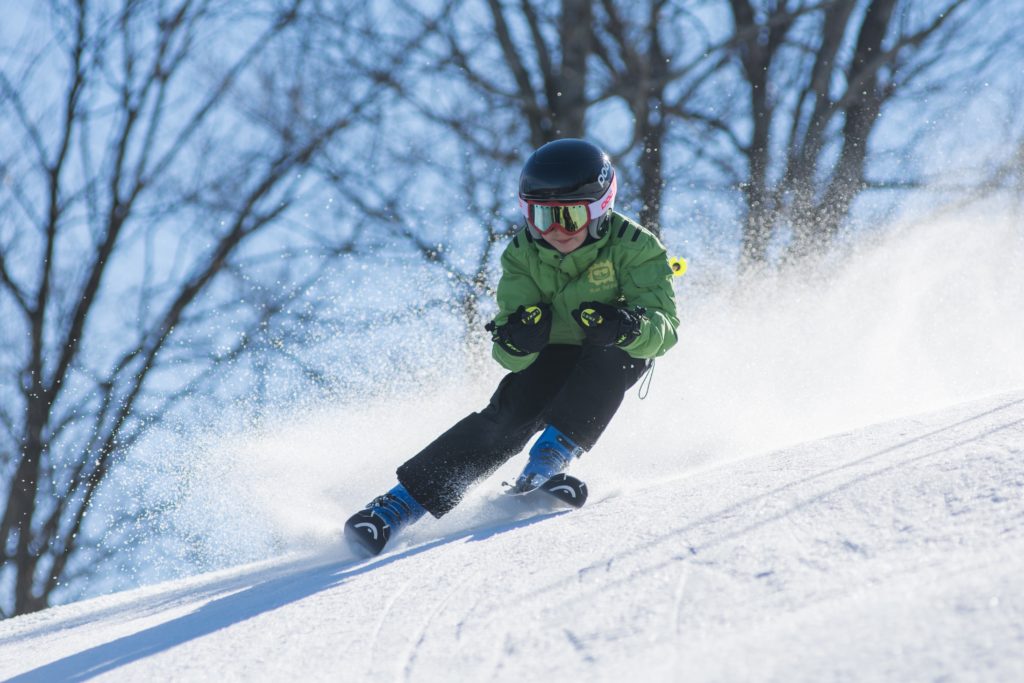 Facts About Potential UV Exposure
Facts About Potential UV Exposure
UV rays fluctuate in intensity based on a variety of factors, including altitude, setting and time of day. For example:
- UV levels are greatest at midday when the sun is high in the sky, generally 10 a.m. to 2 p.m.
- Wide open spaces increase the amount of UV exposure as well – especially if there are reflective surfaces like water or snow
- The higher the altitude, the greater the UV levels – think 5% for every 1000 feet above sea level. Note: Billings is at 3,123 feet above sea level. Granite Peak, just 75 miles from here, is 12,799 feet. It’s a popular place to play and it’s the highest point in Montana. At just 5,000 feet, your UV exposure increases by 20%
- Certain medications can increase sensitivity of the body to the sun’s UV radiation, including some types of birth control, antibiotics and diuretics. Increased sensitivity means that you can burn in 1/3 to 1/10 the time you normally would normally expect
- Snow can reflect as much as 85% of the sun’s rays upward
During winter, the angle of the sun and its height in the sky actually increases the risk of UV damage to your eyes due to prolonged exposure. That exposure can lead to a variety of problems, including photokeratitis, which means a sunburn on the layers of your eye. If you have sustained this type of burn, your eyes may become red, extremely sensitive to light and you might even tear up a little. Oftentimes, your eyes will also feel tired and gritty. This type of injury can happen in almost any type of weather, and while the symptoms are usually temporary, they are also both painful and unnecessary.
What’s equally as concerning is the fact that damage to your eyes can build up over time. This can lead to an increased risk for macular degeneration and other eye diseases later in life.
Protecting Yourself from UV Exposure
So how do you combat UV exposure? By wearing eye protection—and making sure your kids do too. If you’re shredding down a hill, that means wearing ski goggles, which can both combat UV rays as well as provide an extra layer of protection against anything that might fly towards your face. Otherwise, look for quality sunglasses.
Here are a few tips:
• Wraparound frames or close-fitting styles offer the best protection, as they prevent sunlight from entering around the lens
• Choose lenses that block 100% of the sun’s UVA/UVB rays to protect your eyes and the skin that surrounds it
• Consider polarized lenses, which reduce glare and can provide clearer vision
• Talk to an optician about lens color; for instance, yellow or amber lenses are often good for snow sports by enhancing contrast on a cloudy day, while gray lenses provide clarity without distorting colors on a bright, sunny day.
As you can see (no pun intended), sunglasses are more than a winter fashion statement—they are must-have eye protection. A good pair of sunglasses will not only protect you from dangerous ultraviolet (UV) radiation, they help to prevent dry eyes and protect your peepers from blowing snow and ice while you enjoy the great outdoors.
Visit Bauer and Clausen Optometry to find the perfect style and UV protective sunglasses for you and your family.
Check out some of the great sunglasses we currently carry which are great whether or not you need a prescription:
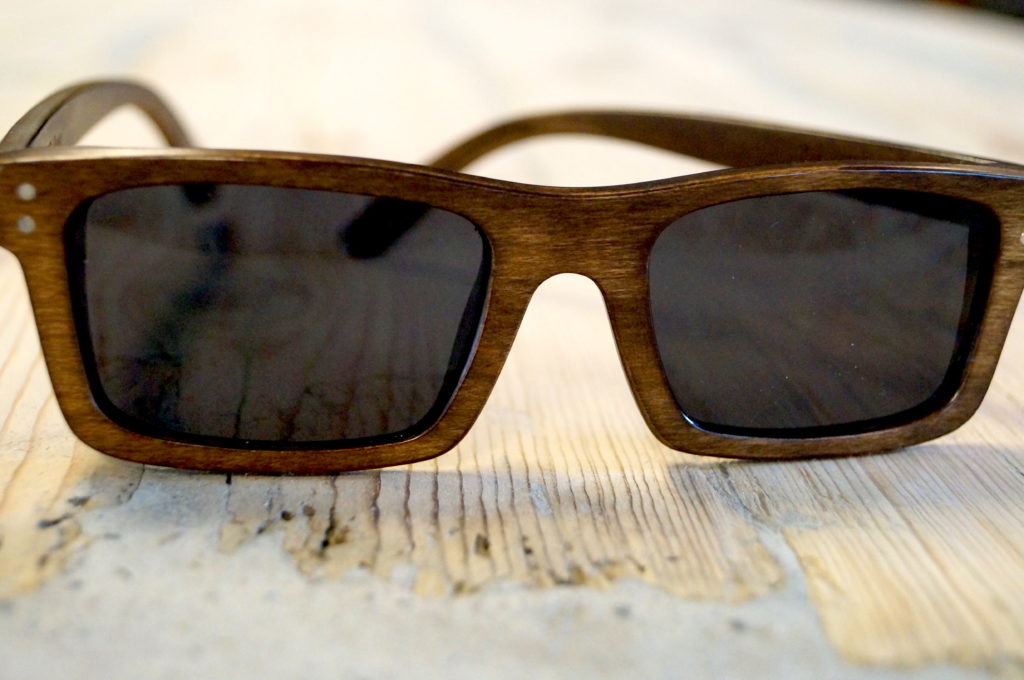
The Boise Wood is created by Proof. Additional color choices are available to help you create a custom look. This simple square frame looks excellent on triangular and oval shaped faces. The Boise encompasses timeless style in a slimmer traditional frame. The Boise can easily transition between a fashion forward statement to an everyday necessity.
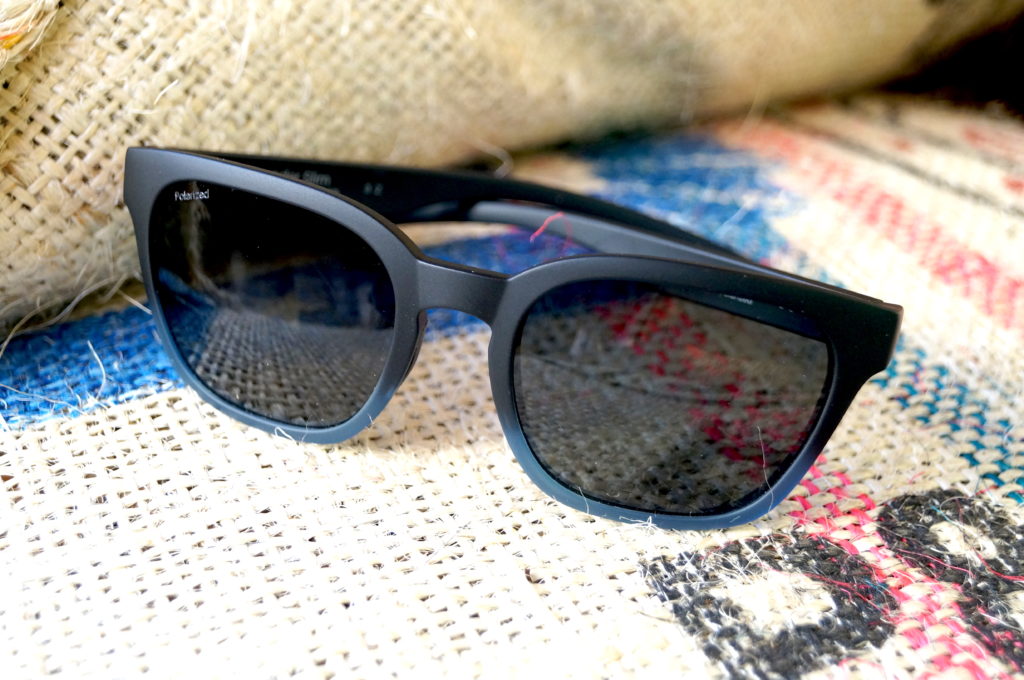
The Smith Found Slim has the perfect Black to Blue fade. Just enough color to make your sunglasses stand out from the crowd. These gray polarized lens are created by Smith Labs, which create some of the best optics for a ready to wear sun available—because when you see more you can do more.
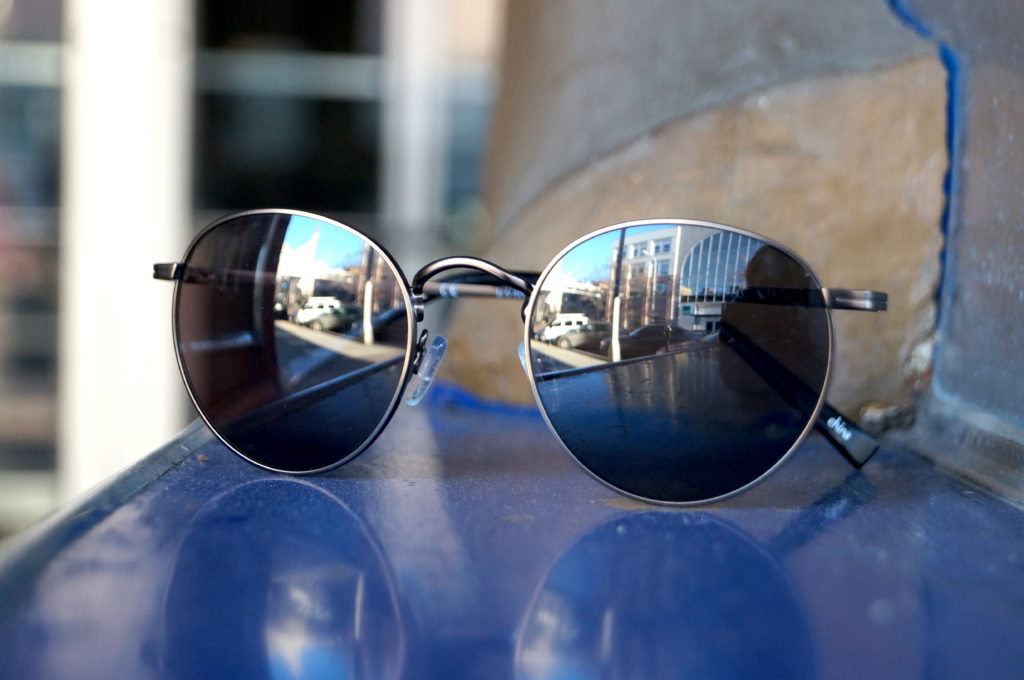
This Adin Thomas Sunglass has the perfect round for those loving the new retro styles. With a gray tinted lens, these are perfect for updating with a new prescription. Ask us about available colors to match your style.
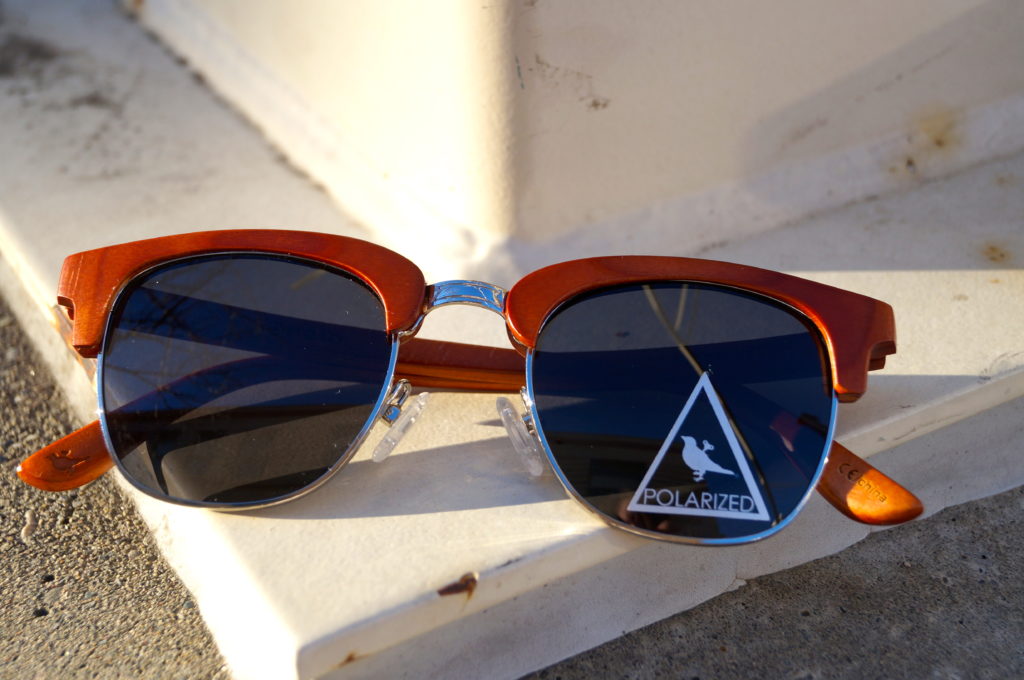
These handmade sunglasses are created from sustainably sourced wood. They feature a mahogany wood grain, polarized gray lens, stainless steel spring-loaded hinges and are water resistant. They are also available in black maple.
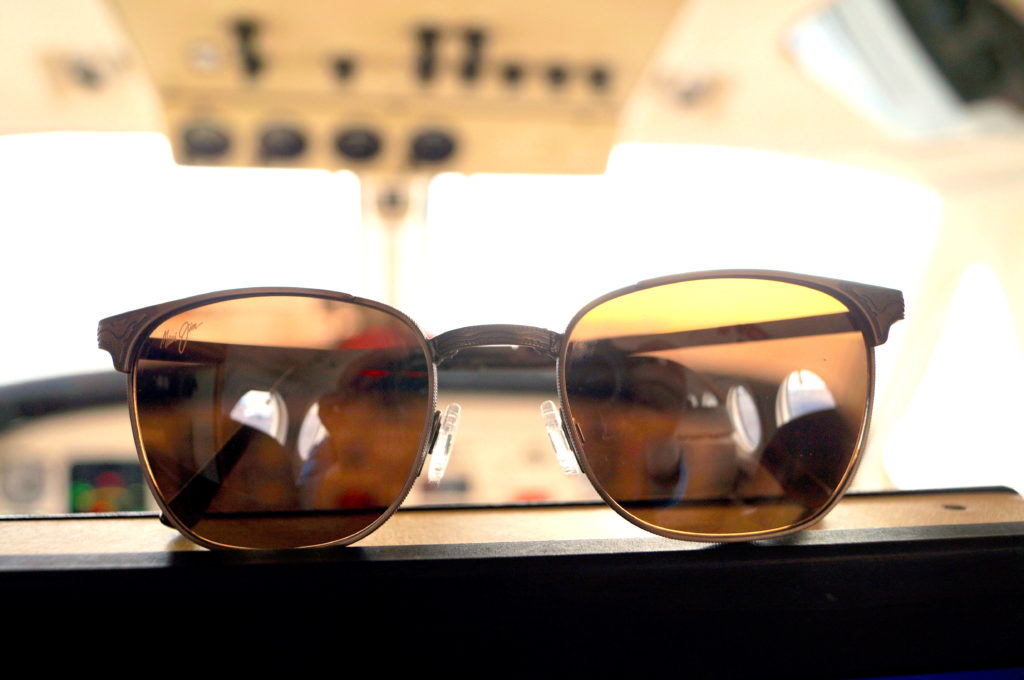
The Maui Jim Stillwater is currently shown in the antique gold frame with Bronze lens. This lens is versatile and does great with changing conditions. The lens is actually made of a super thin glass and is perfect when clarity is your highest priority. The name is a play on words; this frame actually folds into a perfect pocket-sized case, meaning there is nothing “still” about this fold-up frame.





